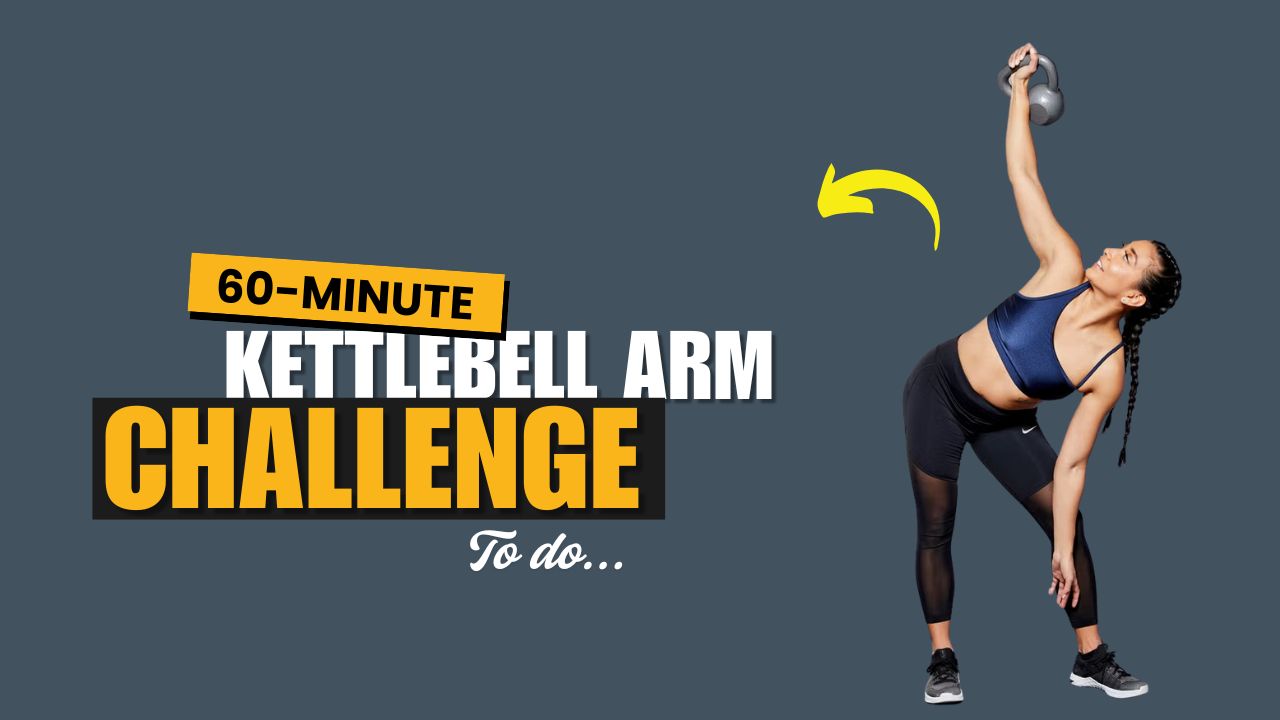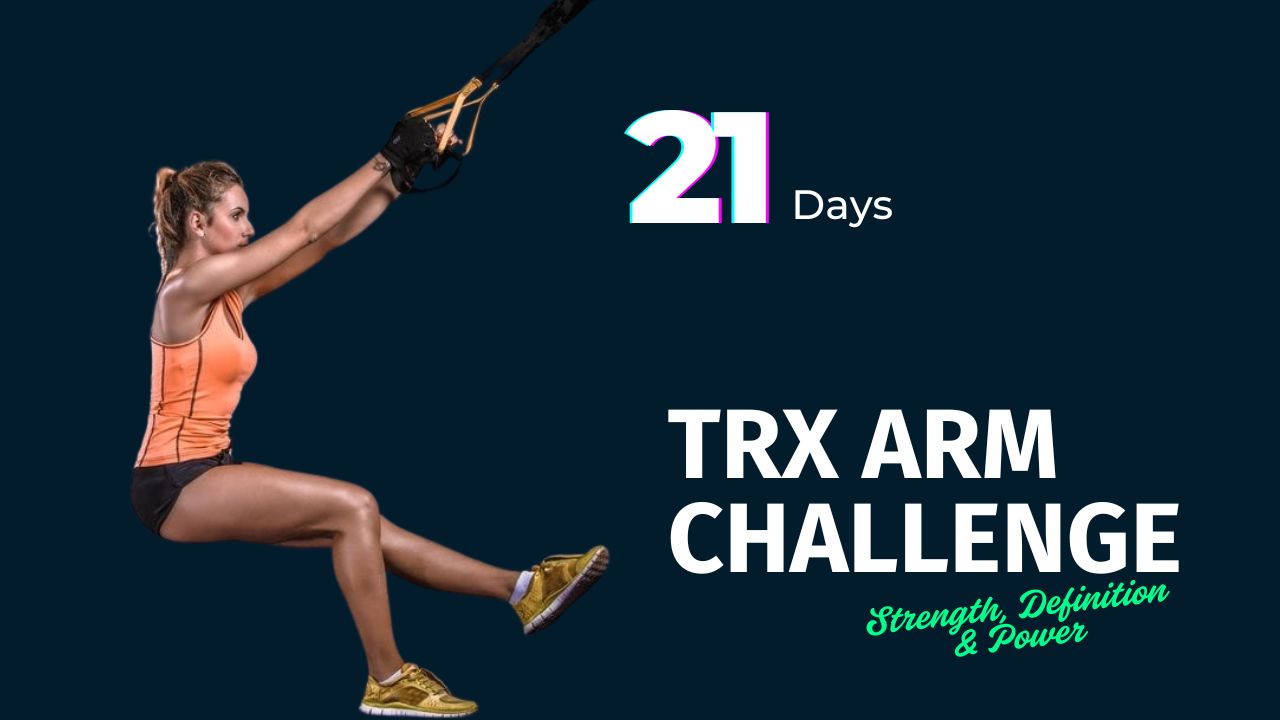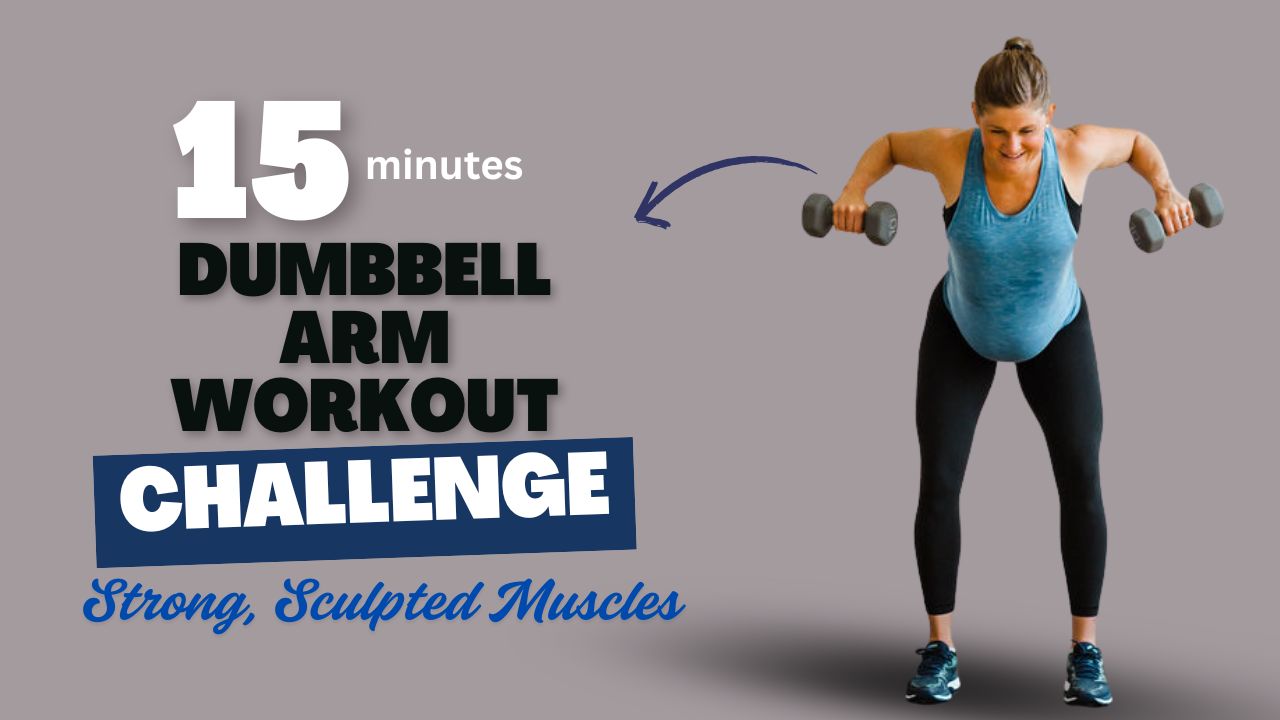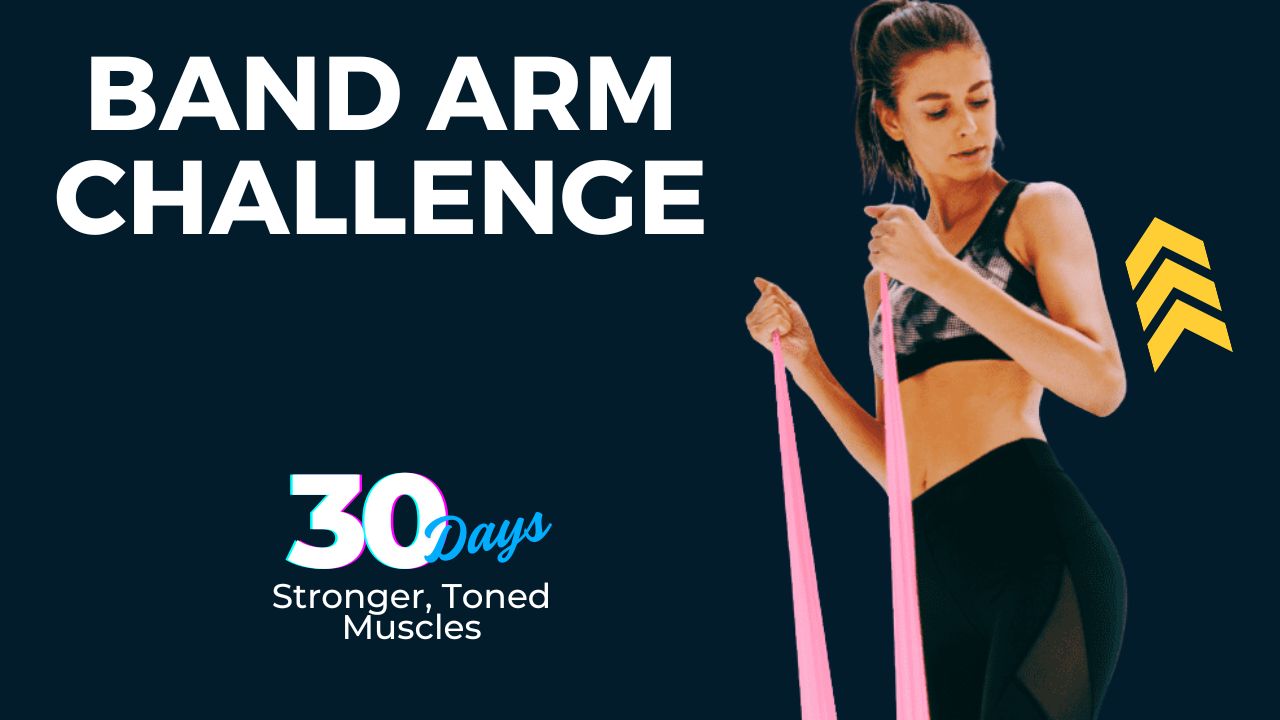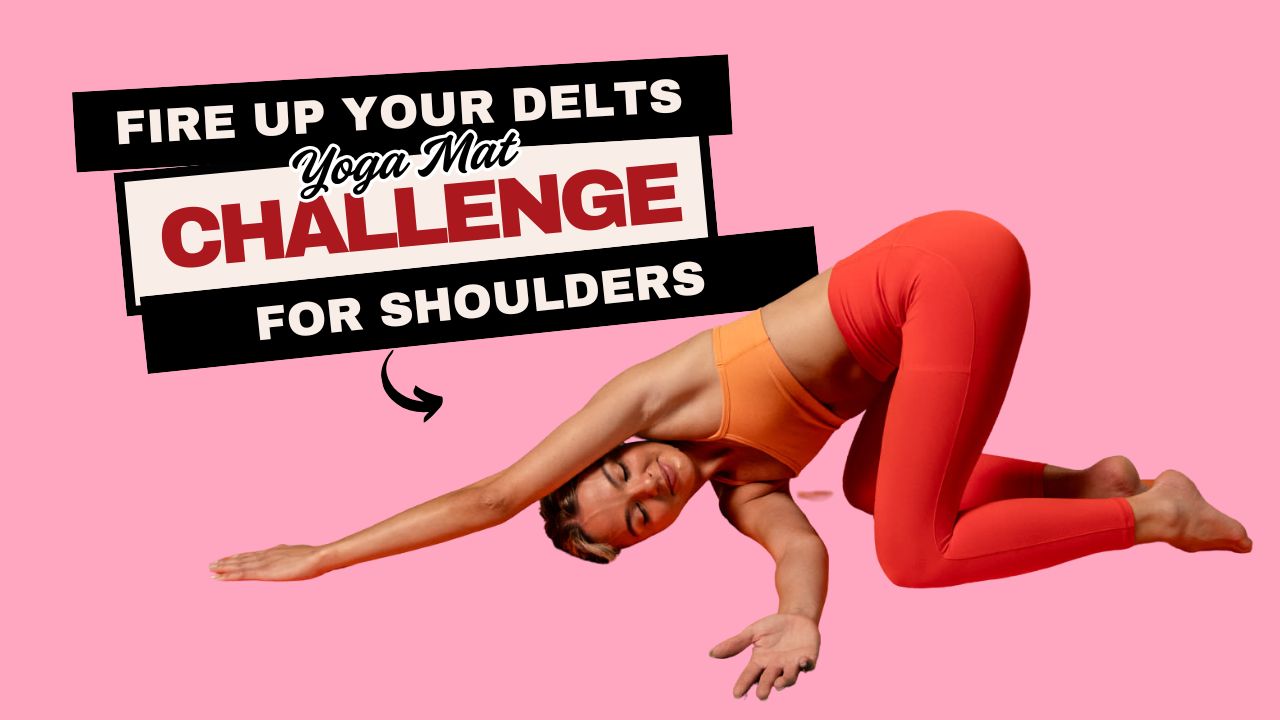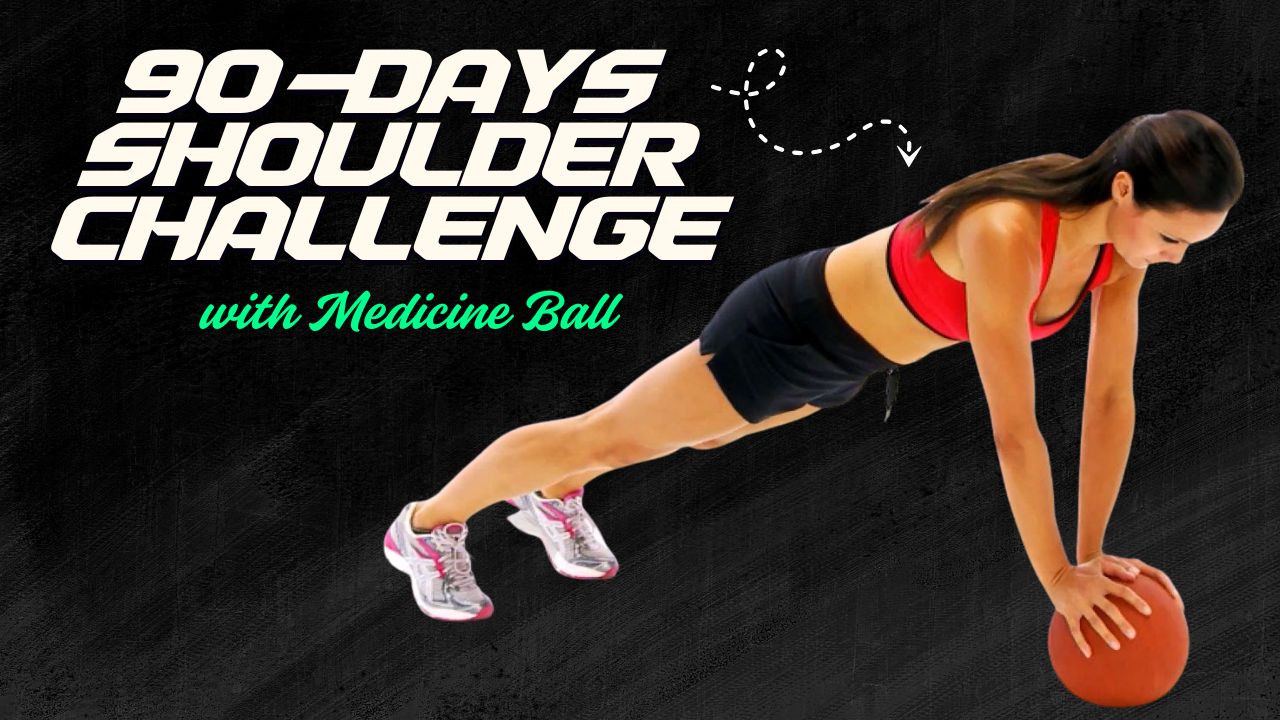Ever wondered why your arms aren’t growing despite hours in the gym? Here’s the truth: many people focus on lifting heavy without a clear plan or proper exercise execution.
That’s like planting seeds without water—you won’t see results. The Barbell Arm Challenge is designed to change that.
In just 45 minutes, this routine delivers a scientifically structured mix of compound and isolation exercises to help you build bigger biceps, thicker triceps, and overall arm strength.
Whether you’re training for aesthetics, strength, or sports performance, barbells remain one of the most effective tools for pumping, burning, and growing your arm muscles.
Do you know? Research shows that training arms with compound barbell movements increases muscle activation by over 25% more than using machines alone. That means more growth in less time—if you do it right.
Let’s break down the challenge step-by-step.
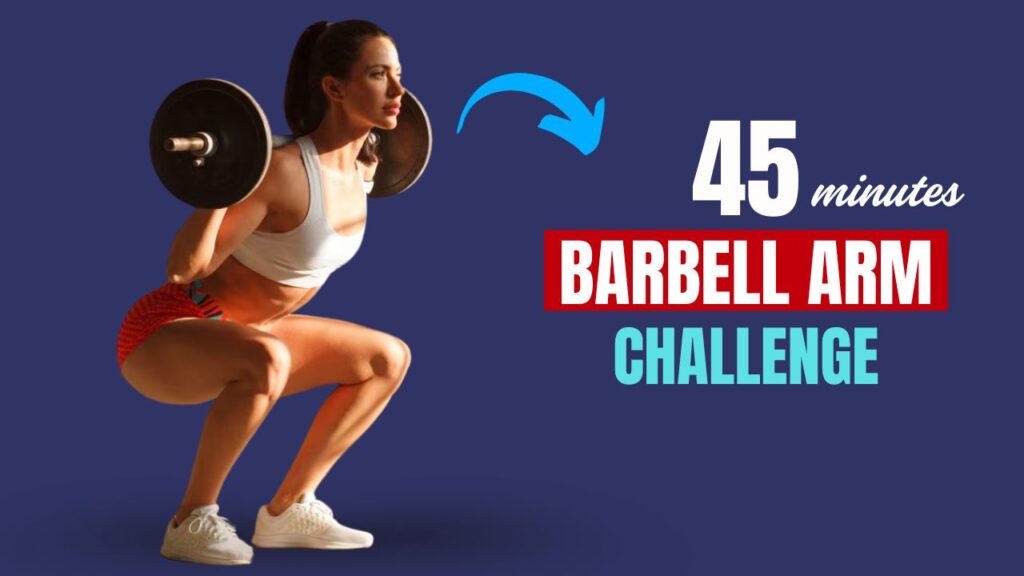
Table of Contents
Why Choose Barbells for Arm Training?
Before diving into the exercises, it’s important to understand why barbells are so effective for arm development.
- Balanced Resistance – Barbells allow you to lift heavier with better stability compared to dumbbells.
- Progressive Overload – You can increase the weight in smaller increments for consistent gains.
- Compound Engagement – While targeting the arms, barbell exercises also recruit supporting muscles for better overall growth.
- Symmetry & Strength – Barbells help in correcting muscle imbalances, ensuring both arms get equal work.
Myth Buster: Many believe barbell training is only for powerlifters. In reality, it’s one of the most versatile tools for bodybuilders, athletes, and even beginners.
What Can Happen After 30 Days of the Barbell Arm Challenge
| Positive Changes | Possible Challenges |
|---|---|
| Noticeable increase in arm strength and endurance. | Muscle soreness, especially in the first 1–2 weeks. |
| Improved muscle tone and definition in biceps and triceps. | Risk of overtraining if rest days are not respected. |
| Better grip strength and barbell handling. | Possible plateau if weight or intensity is not adjusted. |
| Enhanced mind-muscle connection for more effective lifts. | Minor joint strain if form is compromised. |
| Boost in overall upper body stability and posture. | Fatigue if paired with excessive upper body training. |
| Increased confidence in lifting heavier weights. | Need for nutrition adjustments to support muscle growth. |
Do’s & Don’ts for the Barbell Arm Challenge
| Do’s | Don’ts |
|---|---|
| Warm up your arms and shoulders for at least 5–7 minutes before starting. | Skip warm-up and jump straight into heavy lifting. |
| Maintain proper form on every rep to prevent injury. | Use momentum or swing the barbell to lift the weight. |
| Start with a manageable weight and increase gradually over weeks. | Load too much weight too soon, risking form breakdown. |
| Keep elbows stable during curls and extensions for maximum muscle engagement. | Let elbows flare out or drift, reducing exercise effectiveness. |
| Follow the recommended rest periods between sets. | Rest excessively or rush through sets, affecting workout quality. |
| Engage your core during standing lifts for stability. | Arch your lower back excessively during overhead presses. |
| Track your progress (weight used, reps, sets) weekly. | Train without a plan or ignore progression over time. |
| Combine this routine with balanced nutrition and adequate protein intake. | Expect muscle growth without proper diet and recovery. |
The Exercises in the 45-Minute Barbell Arm Challenge
1. Barbell Bicep Curl
Primary Muscles Worked: Biceps brachii, brachialis
Why It Works: This classic movement is a direct biceps builder, helping you achieve a full pump and peak contraction.
How to Perform:
- Stand tall holding a barbell with an underhand grip, hands shoulder-width apart.
- Keep elbows close to your torso and curl the bar upward by contracting your biceps.
- Avoid swinging your back—focus on controlled movement.
- Lower the bar slowly to the starting position.
Tip: Slightly squeeze the biceps at the top of the movement for maximum tension.
2. Close-Grip Barbell Bench Press
Primary Muscles Worked: Triceps brachii, chest, shoulders
Why It Works: This is one of the best compound moves for triceps growth while also engaging the chest.
How to Perform:
- Lie flat on a bench holding a barbell with a shoulder-width or slightly narrower grip.
- Lower the bar to mid-chest, keeping elbows tucked close to your sides.
- Press the bar upward until arms are fully extended.
Tip: Keep your wrists straight and avoid flaring elbows to prevent joint strain.
3. Barbell Reverse Curl
Primary Muscles Worked: Brachioradialis, forearms, biceps
Why It Works: This variation targets forearm strength, improving grip and arm definition.
How to Perform:
- Stand holding a barbell with an overhand grip, shoulder-width apart.
- Curl the bar toward your shoulders, keeping elbows fixed.
- Lower under control and repeat.
Fact: Strong forearms contribute to better performance in all pulling and curling movements.
4. Barbell Skull Crusher (Lying Triceps Extension)
Primary Muscles Worked: Triceps brachii
Why It Works: Isolates the triceps, enhancing arm thickness and lockout strength.
How to Perform:
- Lie on a flat bench holding a barbell with a narrow grip.
- Start with arms extended above chest.
- Bend elbows to lower the bar toward your forehead.
- Extend arms back to starting position.
Tip: Keep elbows steady to avoid shoulder involvement.
5. Barbell Drag Curl
Primary Muscles Worked: Biceps brachii
Why It Works: Emphasizes the long head of the biceps for a fuller look.
How to Perform:
- Hold a barbell with an underhand grip at hip level.
- Instead of curling outward, drag the bar up your torso by pulling elbows backward.
- Pause at the top and lower slowly.
6. Standing Barbell Overhead Press (Triceps Focus)
Primary Muscles Worked: Triceps, shoulders
Why It Works: Overhead pressing with a narrow grip places more load on the triceps.
How to Perform:
- Hold a barbell at shoulder height with a close grip.
- Press the bar overhead until arms are locked out.
- Lower with control to the starting position.
Tip: Engage your core to protect your lower back.
7. Barbell Reverse Grip Bench Press
Primary Muscles Worked: Upper chest, triceps, forearms
Why It Works: The reverse grip shifts more emphasis to the triceps and upper chest.
How to Perform:
- Lie flat on a bench holding the barbell with an underhand grip.
- Lower the bar slowly to your chest.
- Press upward, keeping elbows close to your body.
Bonus Arm-Building Tips for Faster Growth
- Use Progressive Overload: Increase weight gradually every 1–2 weeks.
- Train to Near Failure: Leave only 1–2 reps in the tank for maximum muscle stimulus.
- Mind-Muscle Connection: Focus on contracting the target muscle instead of rushing through reps.
- Mix Rep Ranges: Combine heavy sets (4–6 reps) with moderate-high reps (10–15) for optimal growth.
Did You Know? Training arms twice per week with adequate rest between sessions can accelerate hypertrophy by up to 20% more than training them only once weekly.
The 45-Minute Barbell Arm Challenge Routine
This workout is structured for maximum pump, strength, and hypertrophy in a single session.
| Exercise | Sets | Reps | Rest |
|---|---|---|---|
| Barbell Bicep Curl | 4 | 8–12 | 60 sec |
| Close-Grip Barbell Bench Press | 4 | 8–10 | 75 sec |
| Barbell Reverse Curl | 3 | 10–12 | 60 sec |
| Barbell Skull Crusher | 3 | 8–10 | 60 sec |
| Barbell Drag Curl | 3 | 8–12 | 45 sec |
| Standing Barbell Overhead Press (Triceps Focus) | 3 | 8–10 | 75 sec |
| Barbell Reverse Grip Bench Press | 2 | 8–10 | 75 sec |
Duration: 45 minutes (including rest)
Frequency: 1–2 times per week with at least 48 hours of rest between arm-focused workouts.
Conclusion – Keep the Momentum Going
The Barbell Arm Challenge is more than just a one-off workout—it’s a structured formula to pump, burn, and grow your arms with maximum efficiency.
Over 45 minutes, you’ve targeted every major muscle in your biceps, triceps, and forearms while also engaging supporting muscle groups for balanced strength.
If you commit to this challenge 2 times per week for 4–6 weeks, you’ll notice:
- Fuller and more defined arms
- Stronger lifts in both isolation and compound movements
- Improved grip strength and upper body stability
Challenge Continuation Idea:
Once you’ve completed 6 weeks, don’t just stop—level it up. Try adding:
- Increased Volume: Add 1 extra set per exercise.
- Time Under Tension: Slow down the lowering phase to 3–4 seconds per rep.
- Superset Style: Pair a biceps exercise immediately with a triceps exercise for faster pumps.
- Load Progression: Increase the barbell weight by 5–10% while keeping perfect form.
By evolving your training, you’ll avoid plateaus and continue making gains. The barbell is a lifetime training tool—treat this challenge as your foundation and keep building stronger, more powerful arms from here.
Frequently Asked Questions (FAQs)
Can beginners try the Barbell Arm Challenge?
Yes. Beginners can start with lighter weights and focus on proper form before increasing resistance. Aim for the lower end of the recommended rep range.
How often should I do this workout?
For best results, perform this challenge 1–2 times per week with at least 48 hours of rest between sessions to allow muscle recovery.
Do I need any equipment besides a barbell?
While the challenge is designed around a barbell, you may need a flat bench for certain exercises like close-grip bench press or skull crushers. Weight plates for load adjustment are also essential.
Can I replace any of the exercises?
Yes. If you experience discomfort or have limited equipment, you can substitute with similar barbell movements or dumbbell variations. For example, replace barbell curls with dumbbell curls.
Will this workout help me lose fat in my arms?
Not directly. Spot reduction is a myth. This workout will build muscle, and when combined with a calorie-controlled diet, it can help reduce overall body fat, leading to leaner arms.
How long before I see results?
Most people notice improved muscle tone and strength in 4–6 weeks, provided they follow proper nutrition and get adequate rest.
Can women do this barbell arm challenge?
Absolutely. This workout benefits both men and women. It won’t make women bulky—instead, it will create toned, defined arms.
What if I don’t have a bench for some exercises?
You can modify bench-based moves to floor variations, such as doing floor skull crushers or floor close-grip presses.
Is it okay to pair this with other upper body workouts?
Yes. Just ensure you manage training volume and recovery. Avoid doing heavy chest or shoulder sessions the day before or after this challenge to prevent overtraining.
Should I lift heavy or focus on more reps?
Use a mix. Heavy sets (low reps) build strength, while moderate-to-high reps build muscle endurance and size. Follow the rep range given in the routine for balanced results.


